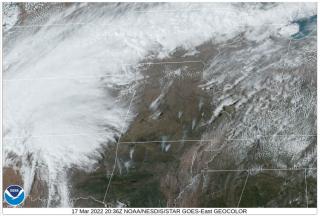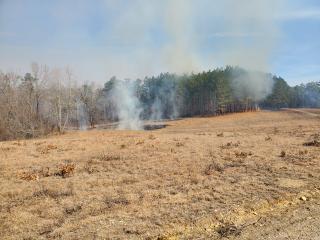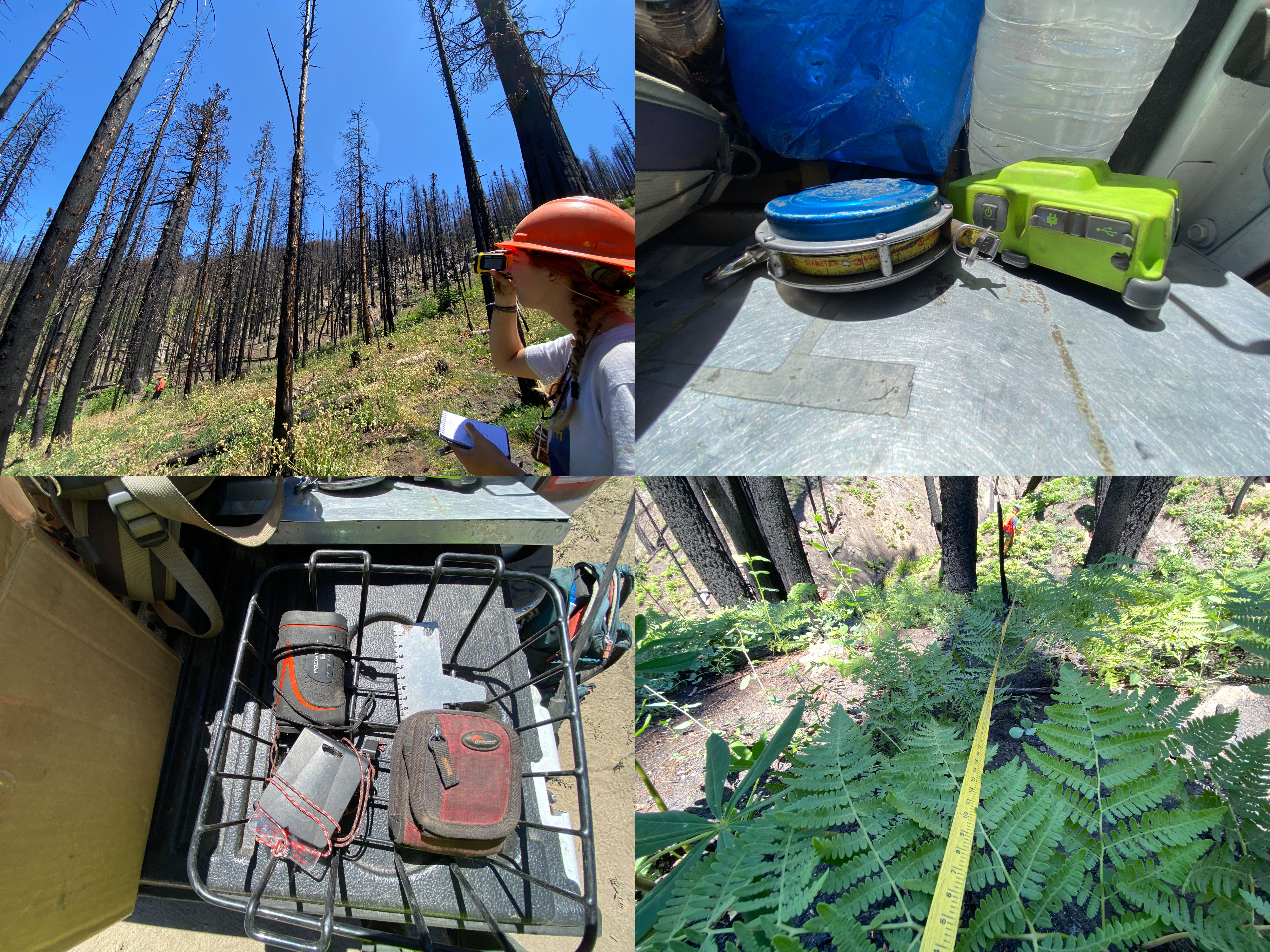
Editor’s note: The USDA Forest Service recently announced a 10-year strategy to confront the wildfire crisis and improve forest resilience. Increasing fuels treatments will be paramount to create healthier forests and reduce wildfire risk to communities. Forests across the country are implementing these treatments at the scale of the problem mitigate wildfire risk to communities and restore forest health.
Throughout the early wet springs months this year fires could be seen across the landscape in Arkansas and Oklahoma National Forests. But these aren’t just any wildland fires these are prescribed fires. The Ouachita and Ozark-St. Francis National Forests have been conducting prescribed burns in Arkansas and Oklahoma over the last several months.
Land managers use prescribed fire to promote natural ecological processes. Also known as controlled fires, these fires are intended to meet several objectives. “The first objective of prescribed burns is to reduce the potential for large, costly catastrophic wildfires,” said Joshua Graham, Ouachita and Ozark-St. Francis National Forests fire and aviation staff officer. “With urban development continually spreading into the forests, we are no longer able to allow natural ignition to roam freely across the states as it did in prehistoric conditions. Instead of allowing wildfire to move across the landscape unrestricted, land managers use controlled fire to meet similar objectives.”
Prescribed burns are conducted when the conditions indicate that natural resource management objectives will be met and there will be minimal impact to the public.

Fire managers have two seasonal windows to conduct prescribed burns: dormant season (in the winter) and growing season (beginning mid-March). “During the winter, dormant season burns are very effective at reducing threats to forest health, such as wildfires, droughts, insects and disease, Graham said. “Other important objectives include improving habitat for a wide variety of wildlife, including deer, turkey, endangered Indiana Bats or Red Cockaded Woodpeckers and others, which are all essential in the balance of natural processes."
Many conditions must be met before a prescribed fire can be ignited. The day chosen must be a combination of the correct humidity, wind speed and direction, temperature, fuel moisture, and atmospheric conditions. Factoring in all these requirements limits the number of days in which a prescribed fire can take place.

To learn more about how the Forest Service is confronting the wildfire crisis please visit our website.
Recent: Related Articles on how the Forest Service is mitigating risk and restoring forest health
The Forest Service has a vision; the Stanislaus National Forest has a Plan
Muddy Waters: Reducing post-fire erosion in an intensifying fire environment




